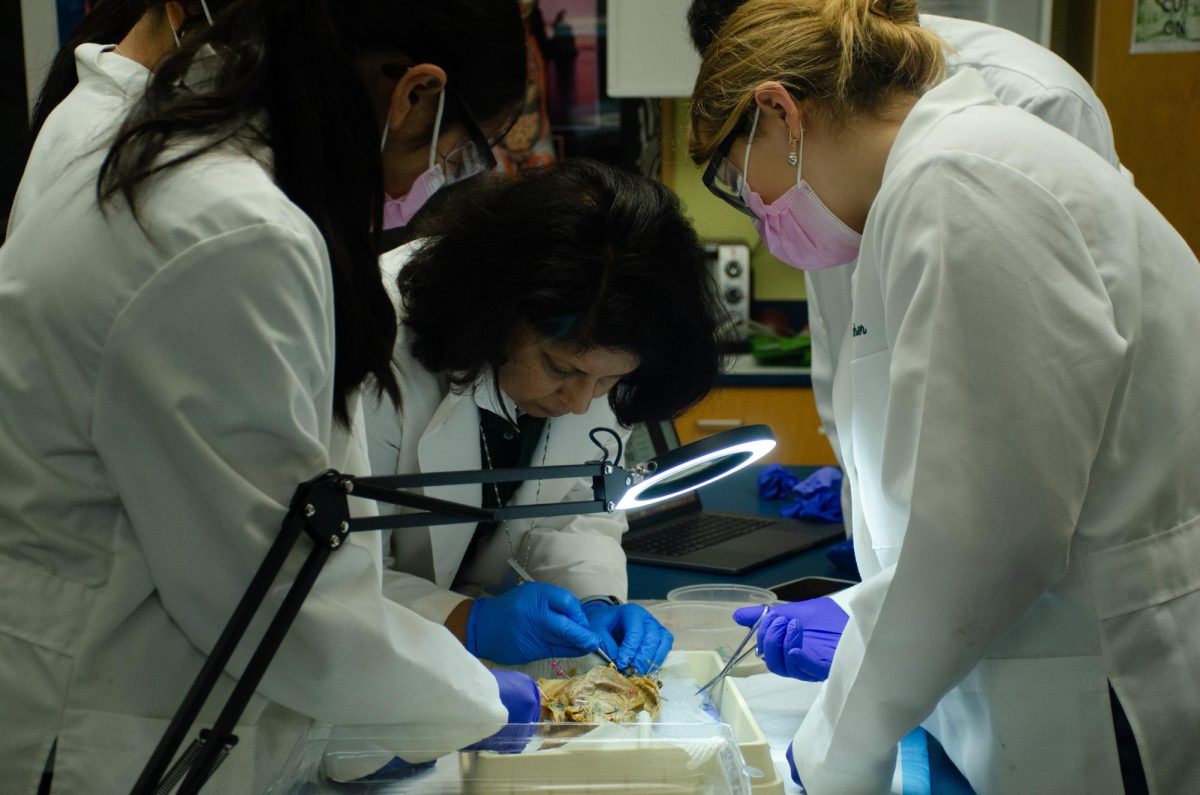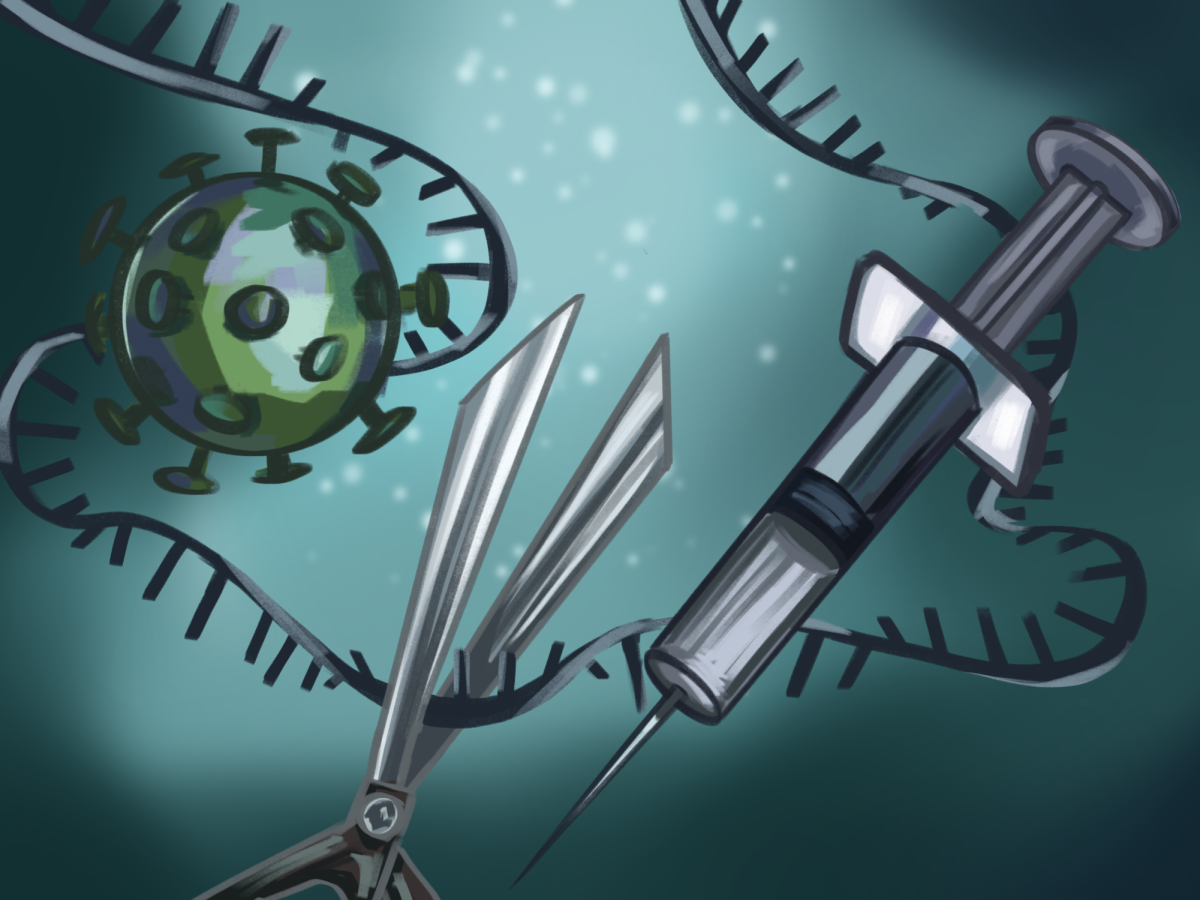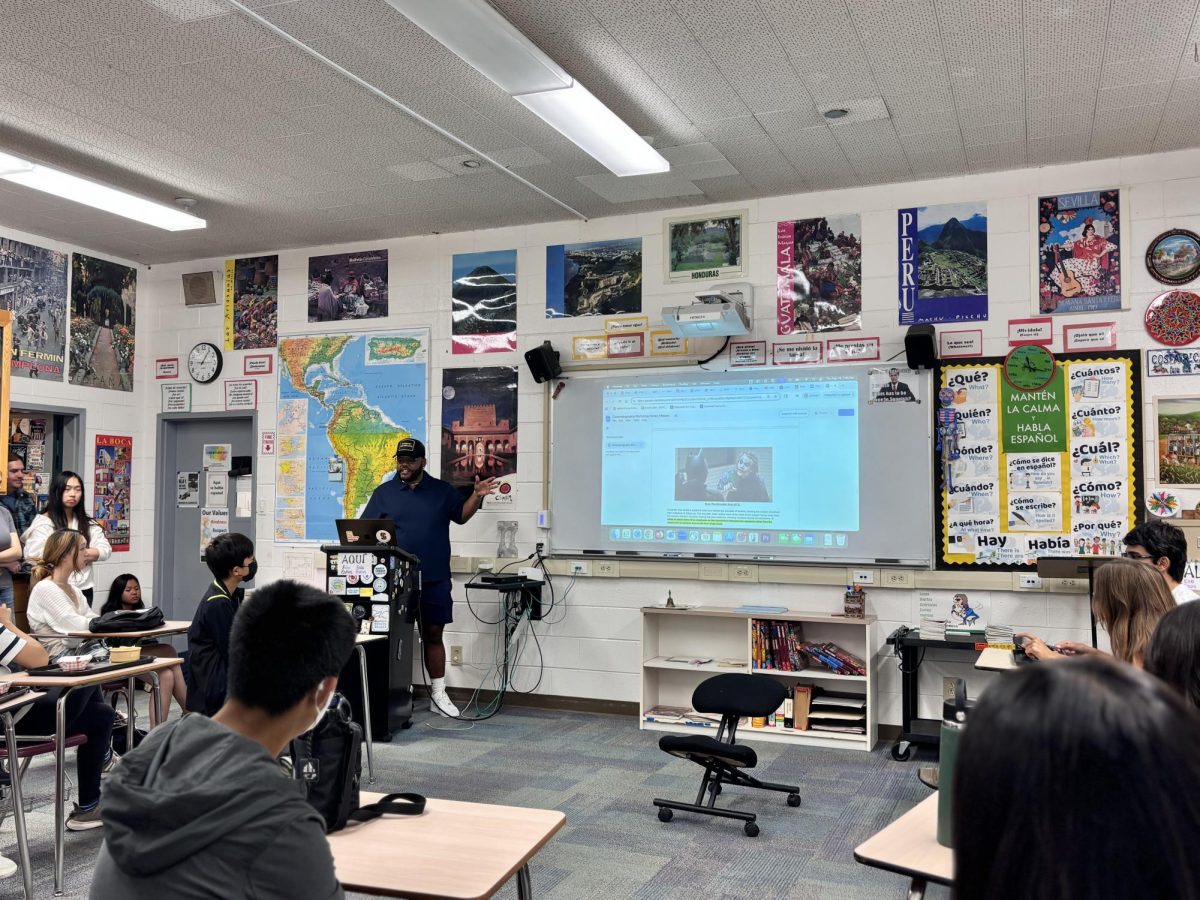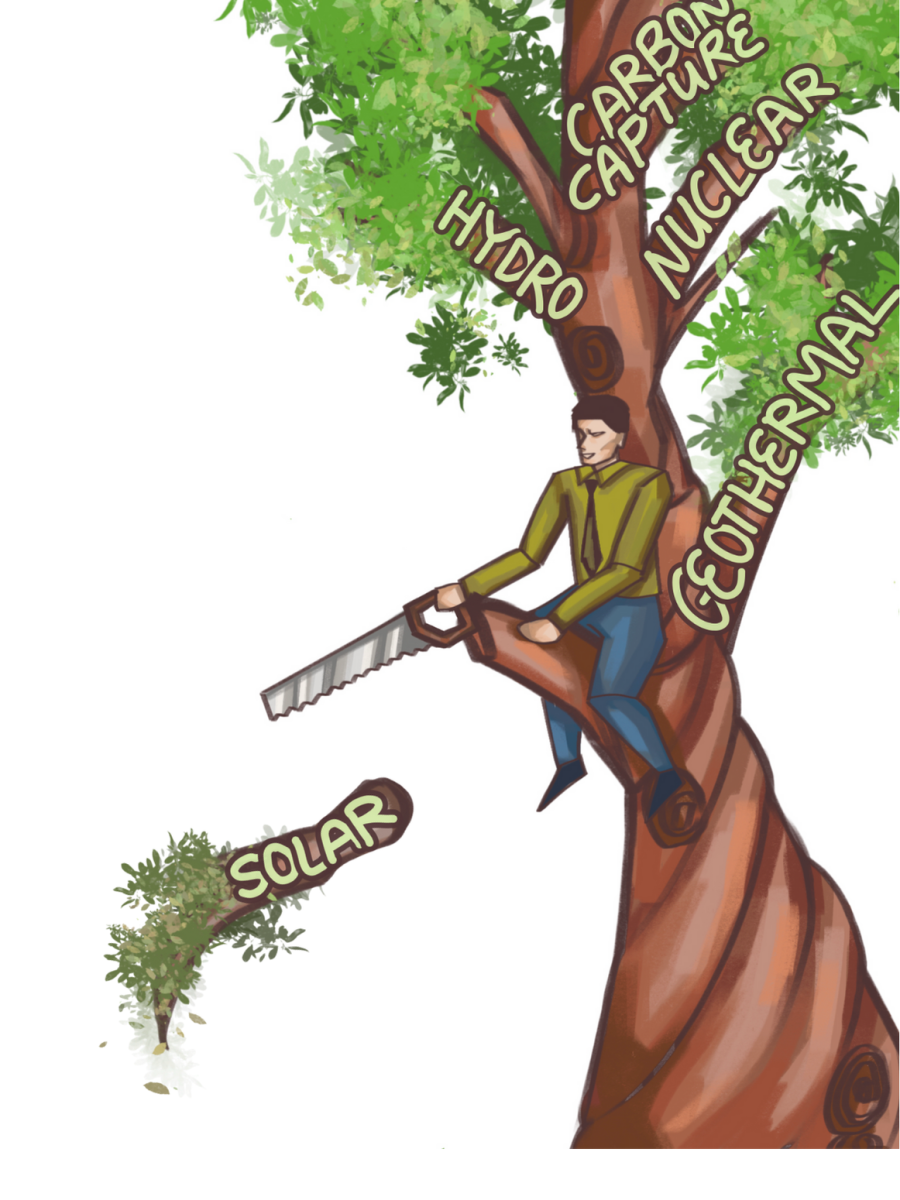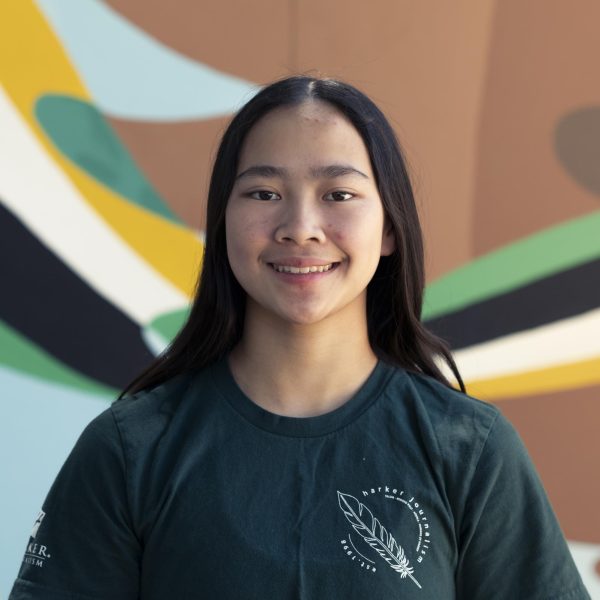Honors Human Anatomy and Physiology (HAPy) students took part in a two-week rat dissection to reinforce their understanding of internal structures and organs.
Students rotated between the roles of chief surgeon, who led the dissection; assistant surgeon, who aided the chief; nurse, who handled tools; and anatomist, who documented findings.
Following HAPy teacher Anita Chetty’s step-by-step instructions, students dissected designated areas of the rats in groups of four. Chetty explained how the structures they observed function together, helping students understand how each part contributes to the body’s systems.
“It’s nice to see [students] work in collaborative teams and switch roles to understand that in a clinical setting, there are people who are specialized to do things but each of them contributes towards an overall goal,” Chetty said. “In this case, the goal is to complete the dissection, but in a real clinical setting, it’s to heal the person.”

The groups first cut the skin down the midline to expose the rat’s musculature, the network of muscles facilitating movement. After identifying muscles like the pectoralis major and external oblique, students exposed the trachea and thyroid gland.
“By dissecting a real organism, I was granted a sense of texture and fragility of real tissue and organs,” HAPy student Rishi Lalwani (12) said. “Feeling that difference between muscles and tissue in a 3D context is something that you can’t experience through textbooks or lectures.”
In classes leading up to the dissection, students studied body systems, membranes and cavities, concepts they applied during the dissection. The rats, specifically chosen for their laboratory-bred cleanliness and well-preserved internal organs, allowed the students to closely examine thoracic, cervical and abdominopelvic regions in detail.
“The body has layers that go deeper and deeper,” Chetty said. “I want [students] to understand that you can go ahead and do a dissection while still leaving all the structures intact for them to study later. The whole act of exploration is a big theme in the entire science department, so we don’t tend to think of dissection as being exploratory, but that’s what it is.”
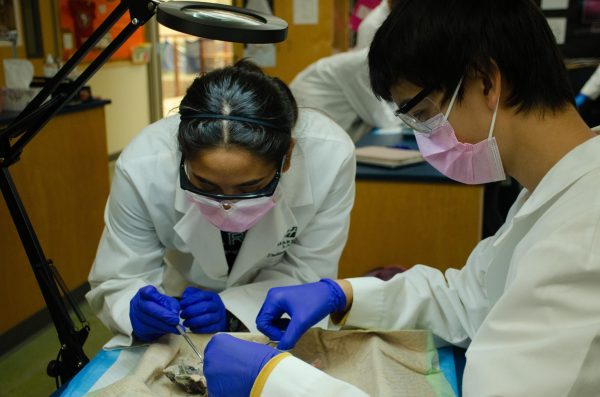
Students compiled a lab report as the final step, detailing the anatomical terminology and structures they observed, followed by an oral exam to assess their understanding.
“When you do a dissection, you also have to appreciate that this was once an animal,” HAPy student Rumi Gupta (12) said. “Finding its structures made me realize this is an animal, too. At one point it could use these lungs and heart even though it’s not using them now.”


















![“[Building nerf blasters] became this outlet of creativity for me that hasn't been matched by anything else. The process [of] making a build complete to your desire is such a painstakingly difficult process, but I've had to learn from [the skills needed from] soldering to proper painting. There's so many different options for everything, if you think about it, it exists. The best part is [that] if it doesn't exist, you can build it yourself," Ishaan Parate said.](https://harkeraquila.com/wp-content/uploads/2022/08/DSC_8149-900x604.jpg)




![“When I came into high school, I was ready to be a follower. But DECA was a game changer for me. It helped me overcome my fear of public speaking, and it's played such a major role in who I've become today. To be able to successfully lead a chapter of 150 students, an officer team and be one of the upperclassmen I once really admired is something I'm [really] proud of,” Anvitha Tummala ('21) said.](https://harkeraquila.com/wp-content/uploads/2021/07/Screen-Shot-2021-07-25-at-9.50.05-AM-900x594.png)







![“I think getting up in the morning and having a sense of purpose [is exciting]. I think without a certain amount of drive, life is kind of obsolete and mundane, and I think having that every single day is what makes each day unique and kind of makes life exciting,” Neymika Jain (12) said.](https://harkeraquila.com/wp-content/uploads/2017/06/Screen-Shot-2017-06-03-at-4.54.16-PM.png)








![“My slogan is ‘slow feet, don’t eat, and I’m hungry.’ You need to run fast to get where you are–you aren't going to get those championships if you aren't fast,” Angel Cervantes (12) said. “I want to do well in school on my tests and in track and win championships for my team. I live by that, [and] I can do that anywhere: in the classroom or on the field.”](https://harkeraquila.com/wp-content/uploads/2018/06/DSC5146-900x601.jpg)
![“[Volleyball has] taught me how to fall correctly, and another thing it taught is that you don’t have to be the best at something to be good at it. If you just hit the ball in a smart way, then it still scores points and you’re good at it. You could be a background player and still make a much bigger impact on the team than you would think,” Anya Gert (’20) said.](https://harkeraquila.com/wp-content/uploads/2020/06/AnnaGert_JinTuan_HoHPhotoEdited-600x900.jpeg)

![“I'm not nearly there yet, but [my confidence has] definitely been getting better since I was pretty shy and timid coming into Harker my freshman year. I know that there's a lot of people that are really confident in what they do, and I really admire them. Everyone's so driven and that has really pushed me to kind of try to find my own place in high school and be more confident,” Alyssa Huang (’20) said.](https://harkeraquila.com/wp-content/uploads/2020/06/AlyssaHuang_EmilyChen_HoHPhoto-900x749.jpeg)



